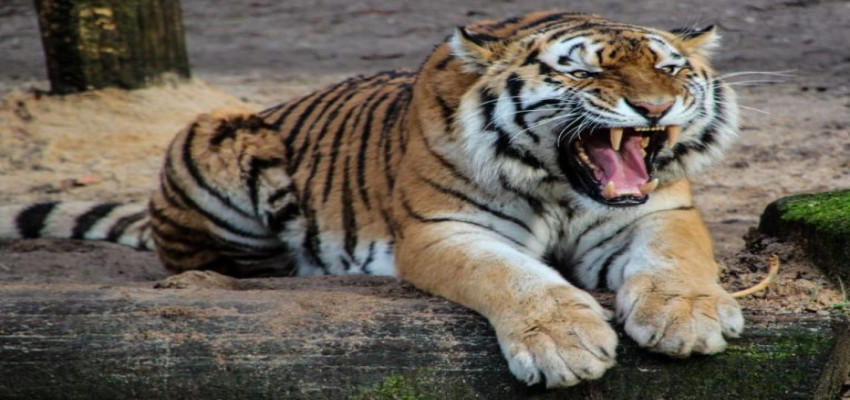
The recent announcement by the National Tiger Conservation Authority (NTCA) on March 24 that the Dibang Wildlife Sanctuary in Arunachal Pradesh would soon be notified as a tiger reserve has not gone dawn well with the area’s Idu Mishmi people.
About Idu Mishmi Tribe:
People belonging to the Idu Mishmi Tribe are inhabitants of the Dibang Valley region and neighbouring Tibet. The Idu-Mishmi is a major sub-tribe of the Mishmi group. The other Mishmi tribes are Digaru (Taraons) and Miju (Kamans).
- The ancestral homelands of the Mishmi tribe are spread over the districts of Dibang Valley and Lower Dibang Valley as well as parts of Upper Siang and Lohit.
Language: Their language, also called by the same name ‘Idu Mishmi’, is considered endangered by UNESCO.
Traditionally animist, Idu Mishmi tribe has deep ties with the region’s rich flora and fauna. The tribe has deep cultural relations with animals such as the tigers and hoolock gibbons. Tigers hold a special importance for the Idu Mishmis. This importance stems from the fact that, according to Idu mythology, they were born to the same mother, and thus, tigers are their “elder brothers”.
Though the Idu Mishmis have been traditionally hunters they also follow a strict belief system of myths and taboos — ‘iyu-ena’ — that disallows them from hunting several animals, including a complete prohibition on hunting tigers.
About National Tiger Conservation Authority (NTCA)
National Tiger Conservation Authority (NTCA) is a statutory body under the Ministry of Environment, Forests and Climate Change.
It was established in 2005 following the recommendations of the Tiger Task Force.
It was constituted under enabling provisions of the Wildlife (Protection) Act, 1972, as amended in 2006, for strengthening tiger conservation, as per powers and functions assigned to it.
According to NTCA, the tiger population in the country has been growing at a rate of 6% annually.
According to the fourth cycle of All-India Tiger Estimation released in 2019, India’s tiger population stood at 2,967.
The tiger popular in India was 3,167 in 2022, revealed the latest tiger census data released by Prime Minister Narendra Modi on 9th April 2023.
An initiative to save tigers, Project Tiger was first initiated in the year April 1, 1973 in Jim Corbett National Park in Uttarakhand.

